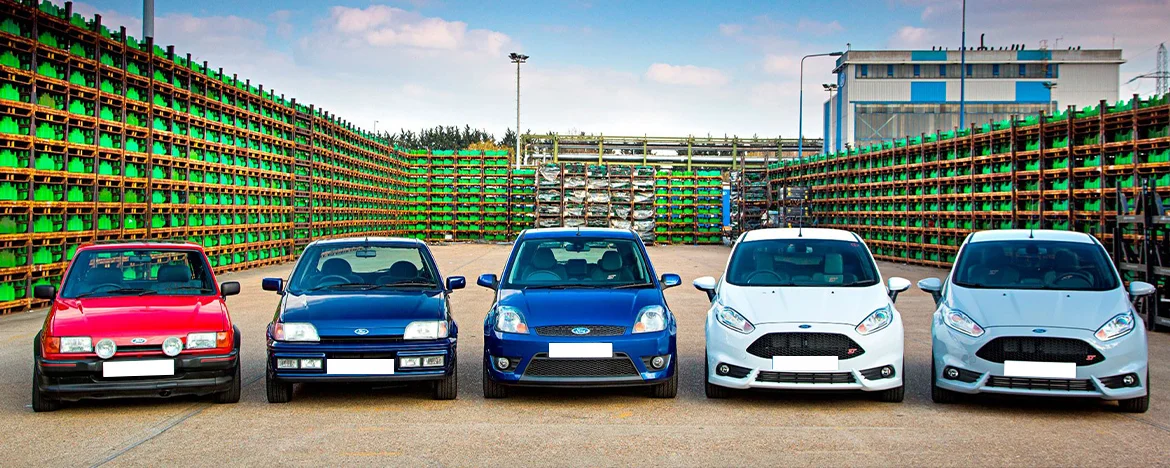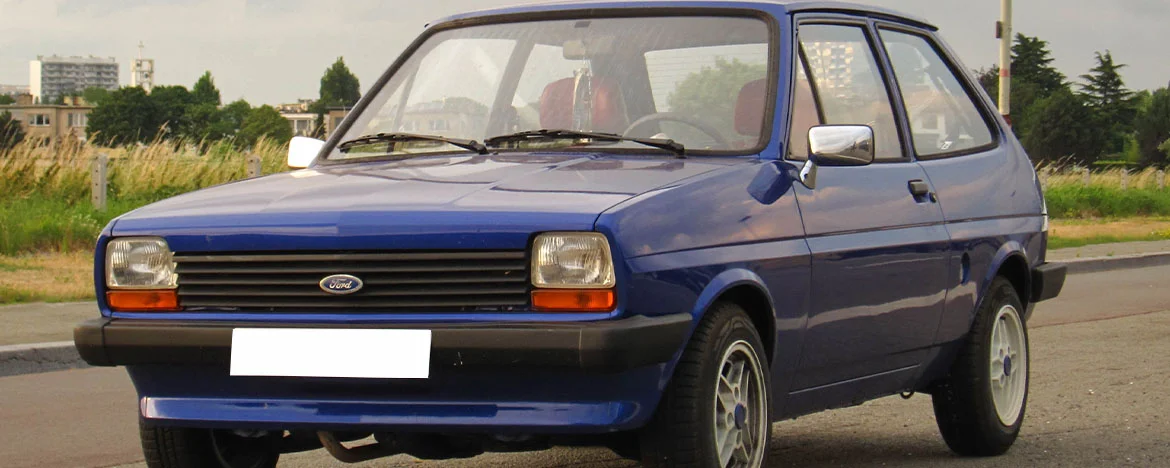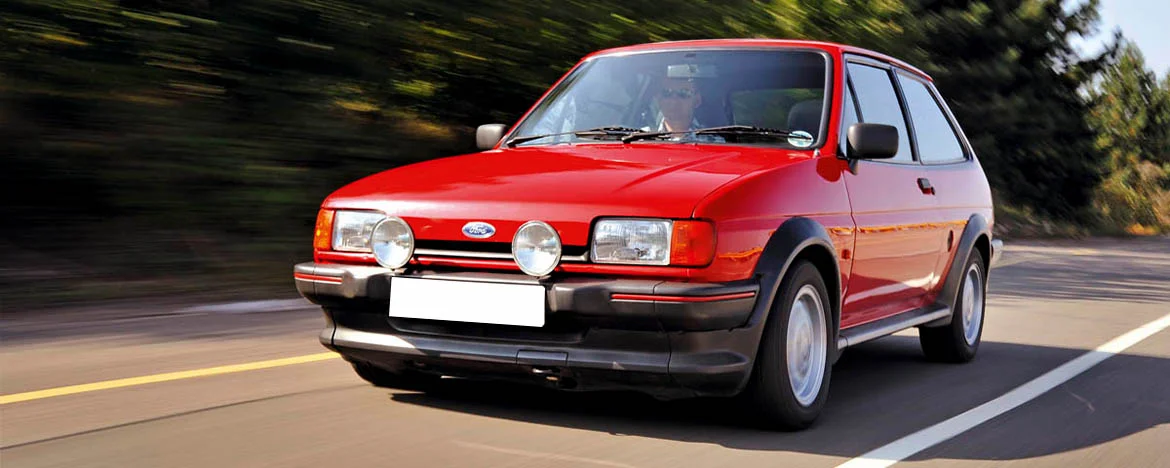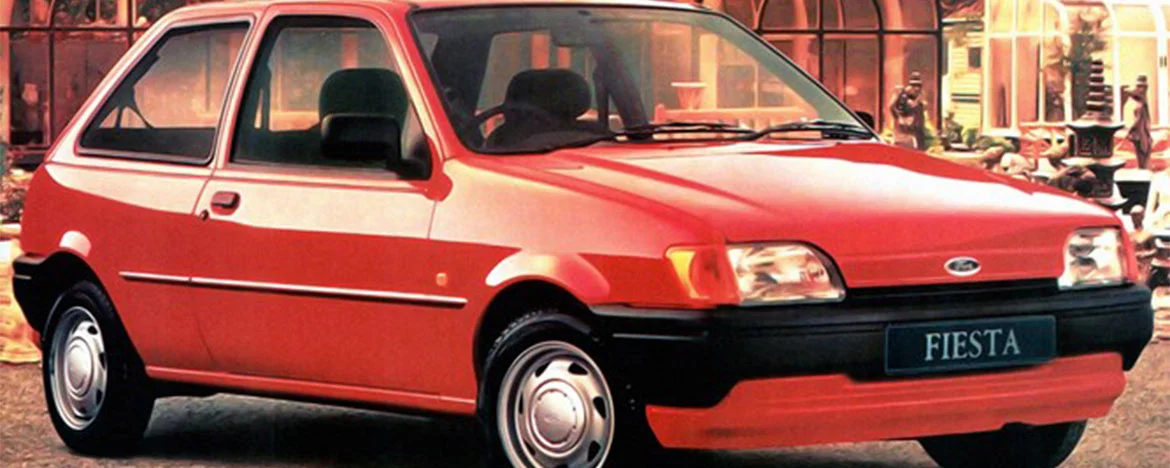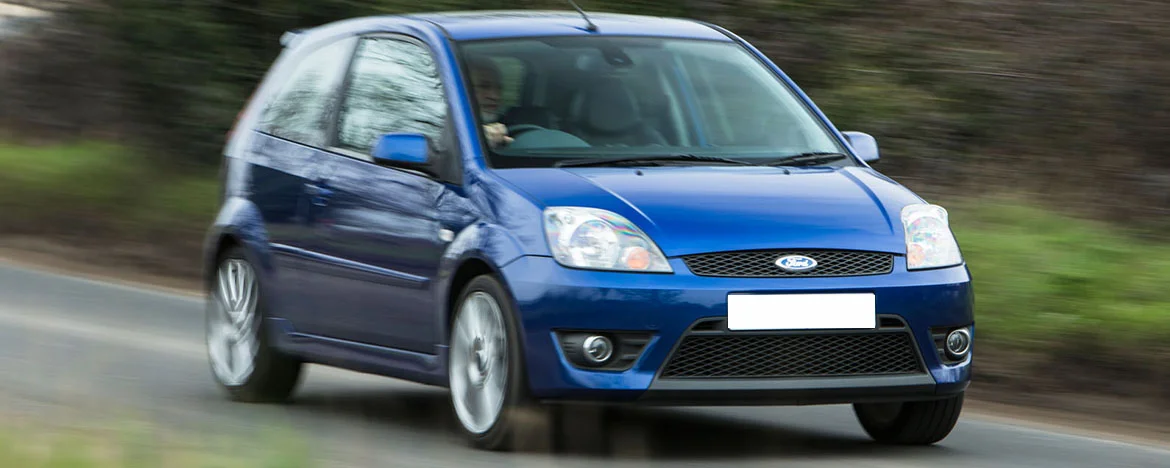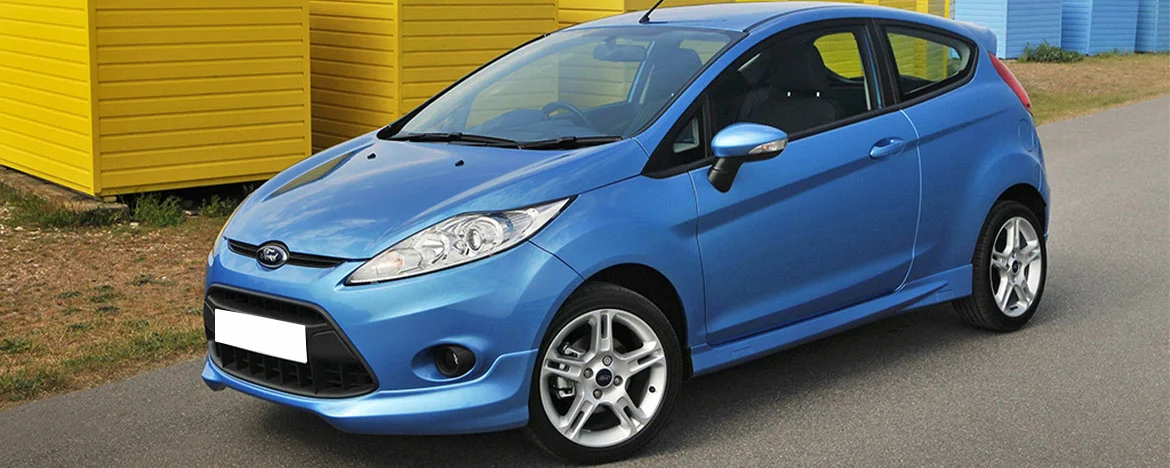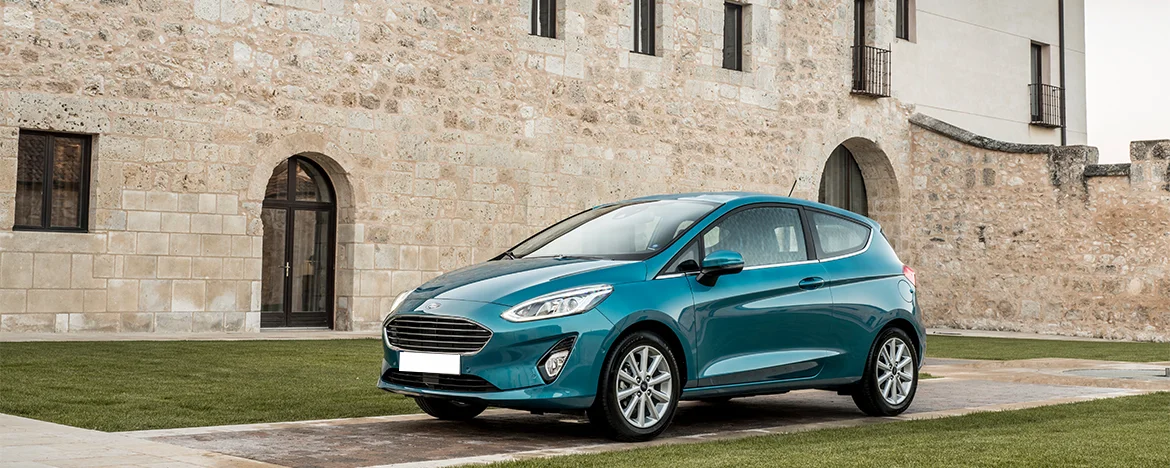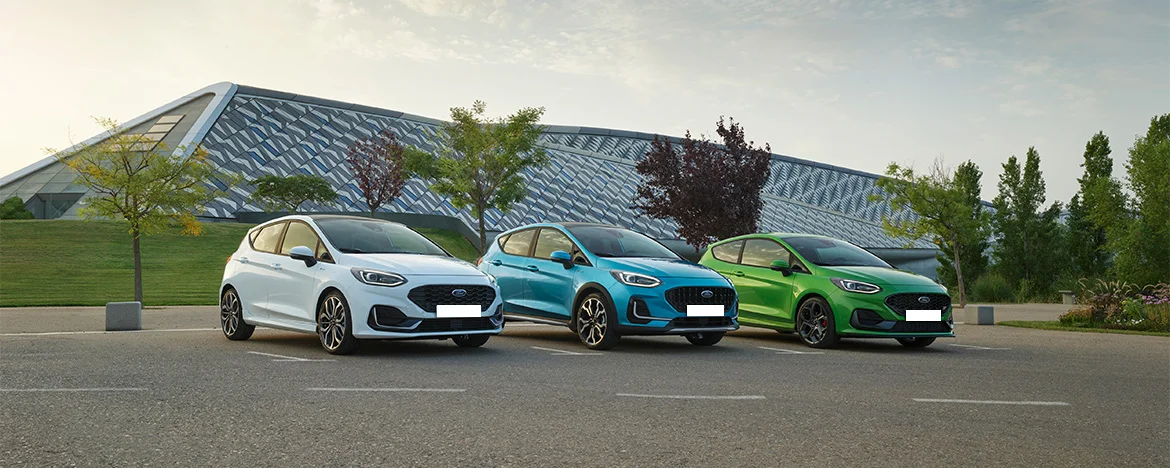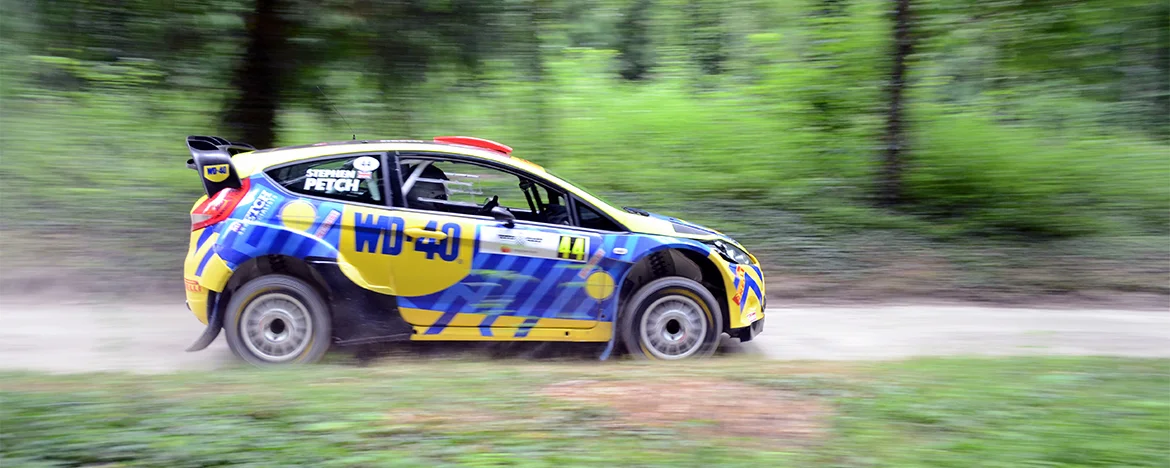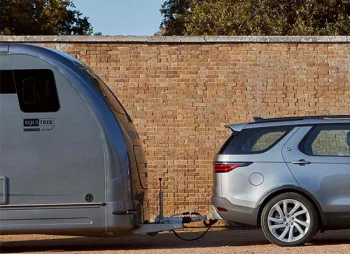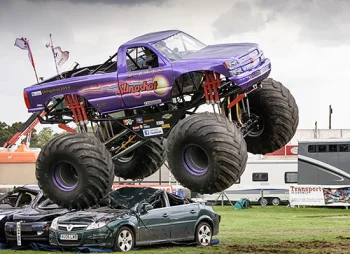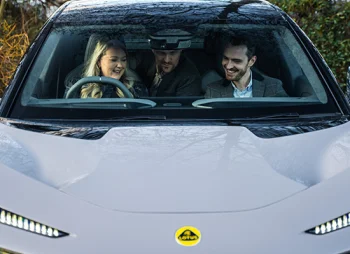The humble Ford Fiesta is the UK’s best-selling car of all time – boasting over four million sales – and has an illustrious history.
But where did it start? How did the Fiesta work its way into the hearts of the nation – and why do we still love it?
The Fiesta story began over four decades ago, in 1972, with the launch of 'Project Bobcat'...
“Do you know what Ford needs? The most outstanding small car that the world has ever seen.”
“No, we can’t do that! It’ll never sell.”
“Just you wait.”
While the conversation above might be artistic liberty, there’s no denying that since its launch in 1976, the Ford Fiesta has cemented its place in history as one of the greats.
It’s arguably the most iconic supermini on British roads, and to this day remains a firm favourite among first-time drivers, young families, and people who like affordable, reliable, fast cars.
But producing a small, front-wheel-drive car was a risky feat for the US manufacturer. Over a decade before, Ford had already dismissed the idea of making a small car to rival BMC’s Mini but deemed the production costs too high.
Up until Project Bobcat, the Ford Escort had been the smallest Ford on sale in Europe, and the brand was worried they’d make no profit on an even smaller vehicle.
But the trend for small vehicles was slowly growing.
And then the 1973 oil crisis hit, and skyrocketed the need for affordable, compact vehicles. Fiat and Renault had already launched the Fiat 127 and the Renault 5, and Ford had a task on their hands to not only keep up but to overtake. But they’d done their research and analysed 48 of their competitors, as well as keeping a close eye on where the Mini was failing.
With Henry Ford II approving the development of the small vehicle in September 1972, all that was left was to name it.
Easy, right?

